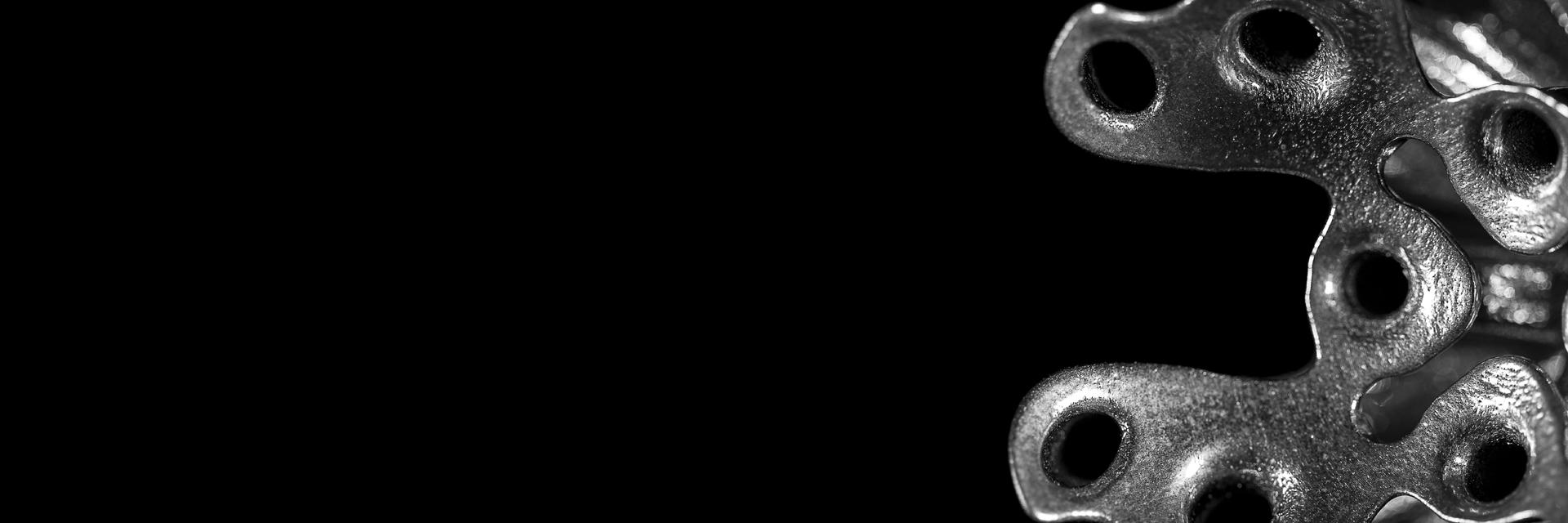EXPERT INSIGHT
The Top 5 Takeaways from Our Masterclass in Metal 3D Printing
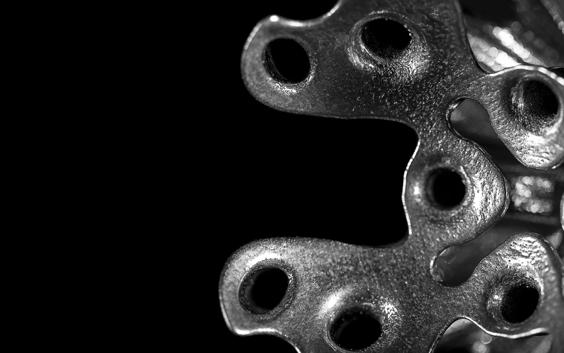
As a writer who recently joined Materialise with no prior experience in 3D printing, I was curious to join the masterclass in metal AM. I had heard talk of the specific processes that metal AM called for, such as heat treatments and melt pools, and I was ready to learn more about what working with metal 3D printing is like. I joined a diverse group of participants from various backgrounds to discover firsthand how the Masterclass in Metal 3D Printing benefits attendees.
I learned from others that launching a complex technology such as Metal AM in a facility is no simple task. Understanding materials, machines, and processes well enough to become successful could even take up to two years. The topics covered during this concise and well-organized two-day course could easily save participants at least three months of self-study, build crashes, and costly trial and error. Here are the top five takeaways we learned during the Masterclass in Metal 3D Printing.
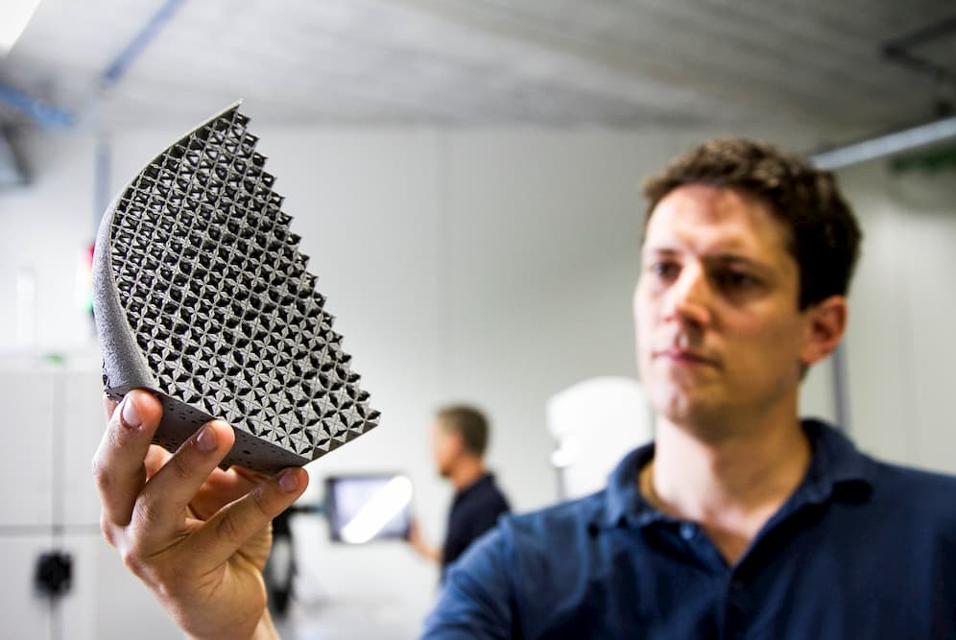

1. How to understand the process according to melt pool influencers
Clearly, the factors that affect metal builds are numerous, but some of the most important to recognize are melt pool influencers. In order to achieve the ideal part quality and properties, these factors must be tested and altered until a favorable printing environment is reached for an application or a standard offering.
A particularly useful lesson from this subject was understanding how the different parameters of the process can affect bulk material properties and process accuracy. Laser power and scan speed combinations can create various manufacturing defects which can then be analyzed to find out the optimum pair of parameters according to what is expected of the process: productivity, part quality, and/or consistency. Testing various pairings of power and speed levels, amongst other parameters, allows metal AM teams to discover the perfect harmony, resulting in accurate properties, detail, and pace of build.
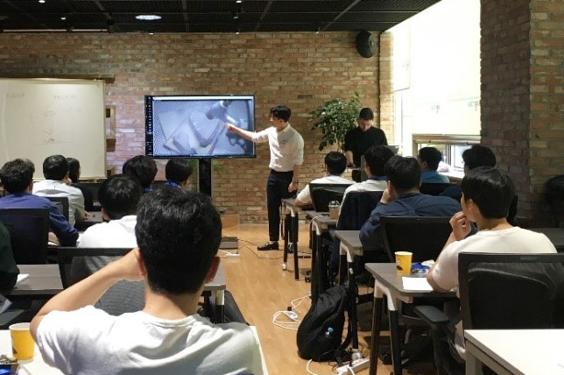

2. Best practices for orientation and support generation
Support generation plays a huge role in how much material, time, post-processing efforts, and, therefore, money is used in metal 3D printing. It’s essential to support various areas of the design, but the geometry and properties of these supports can be done in an optimal way to ensure that as little material as possible is used while maintaining a safe build setup. Materialise software enables the automation and validation of the processes, but users should still be knowledgable on the optimal positioning, key parameters, etc. of this procedure.
Similarly to support generation, positioning parts for the printing process can be complex but, when done correctly, save time and money. Discovering which positioning is optimal according to machine parameters, and consequently having a successful build, is an important step in the metal 3D printing process.
3. Insights into powder characterization and recyclability
There are numerous types of materials that can be 3D printed. From aluminum to stainless steel, users must understand how to use and manage the different powder materials. Along with determining which material is the best match for an application, users must also ensure that the powder they’re using is fit for 3D printing. Based on Materialise experience, the instructor shared overviews on materials and their properties, powder requirements, handling, and recycling. As a takeaway, participants can make well-educated decisions on choosing and managing their metal powder stock.
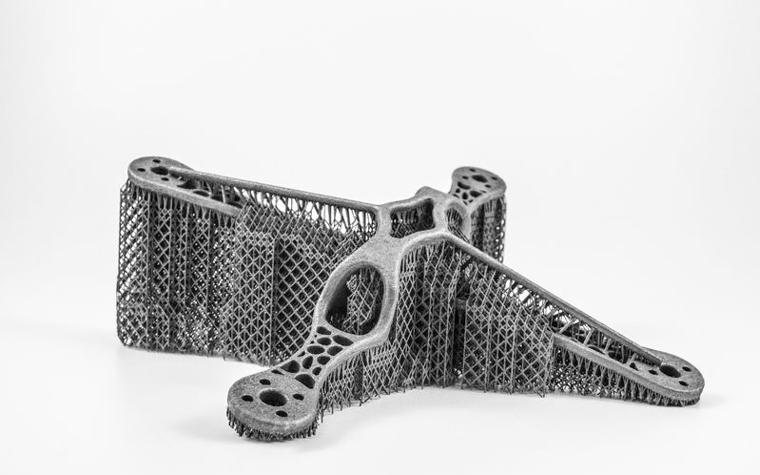

Another significant portion of this topic was safety related to the materials used in metal 3D printing. Mishandling of powder can lead to health issues for workers, fires, and even explosions. With the use of such delicate materials, it is undoubtedly crucial for businesses to know exactly what the risks are and how to ensure a safe working environment.
“The masterclass is very helpful for people looking to learn about metal 3D printing from A to Z. I am sure what I’ve learned here will consistently help me in my daily work.”
— Seo K Min Hwang, Winforsys
4. Foundational knowledge of metal AM that can be built upon
During the masterclass, participants acquired a set of knowledge based on the combination of the theoretical framework behind the AM process and Materialise’s expertise on the topic. These best practices and know-how are shared on the various aspects of metal AM so that participants can understand and get inspired by Materialise methods. Thanks to this structured approach, attendees can then seamlessly build additional knowledge and intellectual property on top of this, supporting a reduction of both build failures and the metal 3D printing learning curve.
“The Materialise Masterclass in 3D Printing gave me the foundational knowledge and experience I need to successfully utilize metal 3D printing.”
— JungMin Han, Doosan Heavy Industries & Construction
5. How metal 3D printing is implemented in a factory
Theoretical information is, of course, extremely helpful. But, seeing how metal 3D printing works in person is truly valuable as well. We received a tour of Materialise’s 3D printing facilities and could easily visualize how the learnings from the masterclass could be applied to a factory setting. Led by metal 3D printing specialists, attendees had the opportunity to witness each step of the process and receive answers to any questions or concerns they had regarding machines, procedures, and more.
“I used to be uncertain on several topics related to metal 3D printing, such as parameter setting, part positioning, and laser direction. But now after the masterclass, I have a clear understanding of these topics and I think it will help us with both creating parts as well as planning our production.”
— Harmin Lee, KAMI
Still curious about Metal 3D Printing? Discover even more by checking out our whitepapers and webinars.
Share on:
You might also like
Never miss a story like this. Get curated content delivered straight to your inbox.
